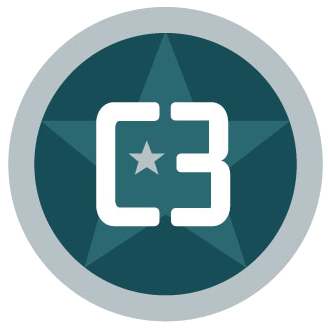6 Tips to Purchase Dock Scheduling Software That Scales With Shipping Volume & Company Growth

Dock scheduling software has proven to improve the efficiency of businesses. However, the trick of the trade comes from knowing which dock scheduling software will scale appropriately with shipping volume as a company grows. And the right strategy and software are critical to meeting the rising demands of e-commerce, reports Brian Barry of Multichannel Merchant. The tips within this article will highlight the key points that will ensure success with the implementation of the right dock scheduling software.
1. Assess Current Software Functionality and Limitations
Before racing to purchase new dock scheduling software, companies should assess the current software being used for functionality and limitations. Functionality and limitations for shipping software can appear in many forms and are most frequently found through assessment of the processes and costs. Once these issues make themselves apparent, companies should then begin to ask themselves a series of questions that will set them on the right path towards implementing new dock scheduling software:
- What is the best way to improve shipping time and cost?
- How can capacity for inventory expand within the currently available space?
- How can labor costs be reduced regarding the reception of product and fulfillment of orders?
- How to optimize inventory control to stamp out backorders and shrinkage?
These questions serve as just a starting point for the assessment of how to improve business. In addition to this, these questions help to capture scalability and limiting issues within the existing systems.
2. Create a Change Management Team to Compile Needs and Wants From the New Software
Now that the assessment of the current dock scheduling software is complete, the time for creating a change management team begins. The change management team, to achieve success, must compile the needs and wants from the new software. The needs and wants will likely come quite naturally after a thorough examination of the previous system shortcomings has completed; however, the team tasked with assessing these wants and needs should deeply consider what system will serve the company in the most cost-effective and which system will scale with the company as it grows.
3. Consider Enterprise-Level Software and It’s Potential ROI, Particularly if Subscription-Based
One of the key factors of any dock scheduling software to consider takes the form of potential for return on investment (ROI), particularly if the software is subscription-based. Software-as-a-Service (SaaS) has many benefits for any company seeking to invest in the right dock scheduling software to scale with shipping volume as the company grows. Most software systems come with a multitude of physical assets that impede and complicate the process for companies. However, SaaS takes care of all these physical assets for the purchaser, which was a top-selling point for DSC Logistics, so that they can focus on other needs for their business. SaaS also has the potential for improved scalability, making it an ideal choice for industries that struggle with managing demand.
4. Remember to Consider Integration Needs With Other Supply Chain Systems
Companies should prioritize dock software integration with existing systems. That includes the warehouse management systems (WMS), transportation management systems (TMS), and whatever other systems utilized by the company. After all, any new dock scheduling system will need seamless integration with these systems.
5. Test the System Before Roll-Out
Companies should then be sure to test the dock scheduling system before roll out and integration within their company. Reach out to different companies and discuss the onboarding processes, as well as how to obtain support from network providers for a new software system.
6. Streamline Dock Scheduling Software Purchasing Decisions With a Consultant-Vendor, Like C3 Solutions
The process of implementing new dock scheduling software may seem a daunting task. Before even considering a new system there are several steps of assessment necessary to determine which system will work best for the company. However, this process can be streamlined through contact with a consultant-vendor, such as C3 Solutions, that can assist with making the vital decision of purchasing. Request a live demo with C3 Solutions to get started.

